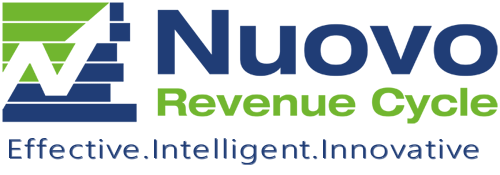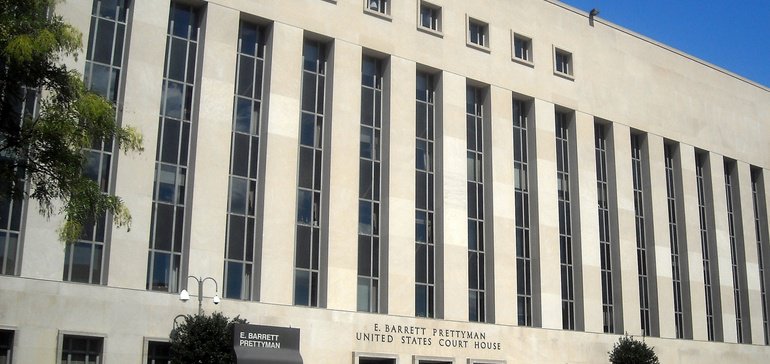Originally published in Healthcare Finance News by Jeff Lagasse
Zero-interest loans are finding a fresh customer base in healthcare, as consumers struggle to pay their bill and providers scramble to avoid racking up bad debt. It’s an approach that has benefited both sides of the patient-provider relationship.
“It’s more centered around patient financial engagement,” said Craig Hodges, CEO of CarePayment, a vendor that offers zero-interest payment options. “Financial performance for the provider is important, but an equally important tenet is helping the consumer find affordable ways to pay for their healthcare.”
While there are a number of different models out there, all of them are built around the philosophy that a better patient-provider relationship benefits all parties, and leads to better financial outcomes all around.
The mechanics of these programs differ in the details, but they all start with a provider identifying a consumer who will likely have trouble paying for his/her out-of-pocket expense. In the case of CarePayment, the company works with the provider to determine which of those patient loans warrant funding to the provider hospital. One reason is to make sure the provider yield is high. But there are some patient realities that have to be considered, as well.
“There’s evidence out there that asking a consumer to pay interest on top of their out-of-pocket expense is impractical,” said Hodges. “Consumer responsibility for the bill has grown from sub-5 percent to 25 percent. There’s a lot of sticker shock out there.”
Communication is vitally important to the success of these programs, as providers are tasked with touching base early and often with patients about their responsibility for the bill. Often, the patients will choose plans without much regard to the out-of-pocket expense, and a number of insured Americans are delaying care because of that. Hodges said evidence is starting to emerge that this has a negative effect on health outcomes.
Something had to give, and that effectively created a healthcare sub-industry of vendors like CarePayment who work with providers to maximize their collections. Hodges said this nascent industry has roughly $70 billion in market potential.
“As those high-deductible plans grew over time, providers realized they didn’t have the infrastructure to deal with that,” said Hodges. “The portion of the bill the patient was responsible for used to be small. As that grew, providers didn’t have the experience, in-house, to interact with the consumer in a consumer-like environment.”
These types of payment options are becoming so popular that it changed the trajectory of Complete Systems, a company founded by Ron Barnett. Originally conceived as a practice management software company for dental practices, it gradually transitioned into a payment plan processing outfit operating primarily through its Docpay platform. Docpay specializes mainly in automated clearinghouse payments, and partners with the vendor Splitit to handle the credit card side of things.
Under their system, the payment plan is guaranteed to the practice using the patient’s credit line. A pre-authorization is performed for the complete amount of the payment plan, which guarantees the payments each month. What’s unique about the arrangement is that the doctor doesn’t pay credit card processing fees on transactions run through Splitit. Instead, a service fee is charged to the patient, which covers Splitit’s and Docpay’s services as well as any card processing fees. By doing it that way, said Barnett, the practice receives more money than if they were to process it as a card transaction with full payment up front.
So a patient, for example, might come to an agreement with his/her doctor to pay $200 a month for 10 months, after a down payment to the practice to cover up-front costs and materials. The practice’s staff members would put the information on a Docpay website, giving full disclosure to the patient as to what they’ll be paying; the patient would then sign a Splitit authorization form. Splitit processes payments on a monthly basis, with funds funneled to the doctor’s office about a week after payment is drawn from the patient’s bank account.
Some practices use this approach only sporadically, while others use it for all of their receivables. The specific benefit depends on the demographics of the practice.
“A dental practice in the Appalachian Mountains in Virginia might use it for all receivables, because they have a hard-luck demographics and it works for them,” said Barnett. “Some have a higher socioeconomic demographic, and they can afford to pay a significant amount of the bill up front, if not all of it. Those practices use this approach as one arrow they can put in their quiver.”
One of the most important benefits to a provider of any size, said Hodges, is improved scores given by patients on Hospital Consumer Assessment of Healthcare Providers and Systems surveys. When financial responsibility is simplified and transparent, patients and providers can more easily develop a positive and lasting relationship.
“It’s important in the context of true consumerism,” said Hodges. “Patients have more choice today than they ever had in the old, restrictive PPO days. That’s been expanded today, so now the patient needs to know up front what the price for a particular service is going to be.”
Transparency is also very important, he said, “but my theory is that we have to evolve to total transparency. ‘Here’s what the service is going to cost you from an out-of-pocket perspective’ — that’s the first step.”







No Comments